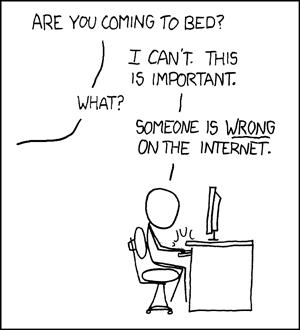Why your home theater PC still can't stream 4K Ultra HD video
Netflix and Amazon offer 4K UHD video streams, but a noxious stew of hardware, software, and DRM issues prevents them being available on PCs.
In an attempt to keep their 4K content locked down, the studios demand all sorts of security measures that didn’t apply to lower-resolution formats. To play 4K content on a TV or an external monitor, for instance, both the playback device and the display must support HDCP 2.2, a form of copy protection for HDMI video output.
Compared to game consoles and other streaming boxes, general computing devices (such as Windows PCs) have even more stringent requirements, including hardware-based decryption for protected content. In essence,
the hardware must create a secure environment for the entire video pipeline—from decryption to decoding to screen composition—to protect the content from software ripping.
Even with the right hardware support, the operating system must know how to manage those resources, and it must convey to the streaming service that the environment is secure. This is accomplished through a DRM license, which tends to be offered by the device or operating system.
In Windows, for instance, Microsoft has a system called PlayReady 3.0 that meets all of the studios’ requirements for 4K UHD playback. This system looks at the hardware to make sure all the necessary measures are in place, and it then gives the thumbs-up to the streaming app.
Streaming services like Netflix just won't bother sending down 4K content without that go-ahead, according to Rambhia. The service provider is ultimately responsible for upholding the studios’ security requirements when offering 4K playback; failure to do so can result in fines and other penalties.
“If they [the service provider] can’t be sure that there’s a protected hardware path, or they can’t be sure that X-Y-Z will happen, typically they’re allowed to send SD content or 720p HD, but not 1080p HD, and certainly not 4K,” Rambhia says.
A lot of these moving parts are only now starting to come together.
Microsoft, for instance, just enabled PlayReady 3.0 with the Windows 10 Anniversary Update. Nvidia’s Pascal-series GPUs (video cards in Nvidia's GTX 10-series and its Titan X) support hardware decryption of protected 4K video along with HDCP 2.2 across the entire line.
“Over the next 12 months is when you’re going to start to see new PCs on the market that are capable of playing this content, because everything’s aligned—the software and the hardware” Frost says.
Still, a handful of hurdles remain before 4K playback becomes commonplace.



